How Do You Cut 1.5 Million Photos Down To 500?
Dave “Nelly” Nelson just did it for his new book. Let’s find out.
All photos by Dave “Nelly” Nelson
Santa Cruz was loud in the ’90s. Bright personalities with wetsuits to match. It was an era that saw some of the town’s best turn the volume up and push surfing into the air, and onto gigantic waves.
Someone had to be there to document it, and most of the time, that was Dave “Nelly” Nelson. Back in the 1990s, along with his mentor/friend Tony Roberts, a pillar for Santa Cruz surf/skate/film devotees, Nelly was an early pioneer of experimental flash and water photography along the Northern California coast. He and Roberts documented the rise of a seemingly endless talent pool that included Peter Mel, Adam Replogle, Darryl “Flea” Virostko, Jason “Ratboy” Collins, Shawn “Barney” Barron and more.
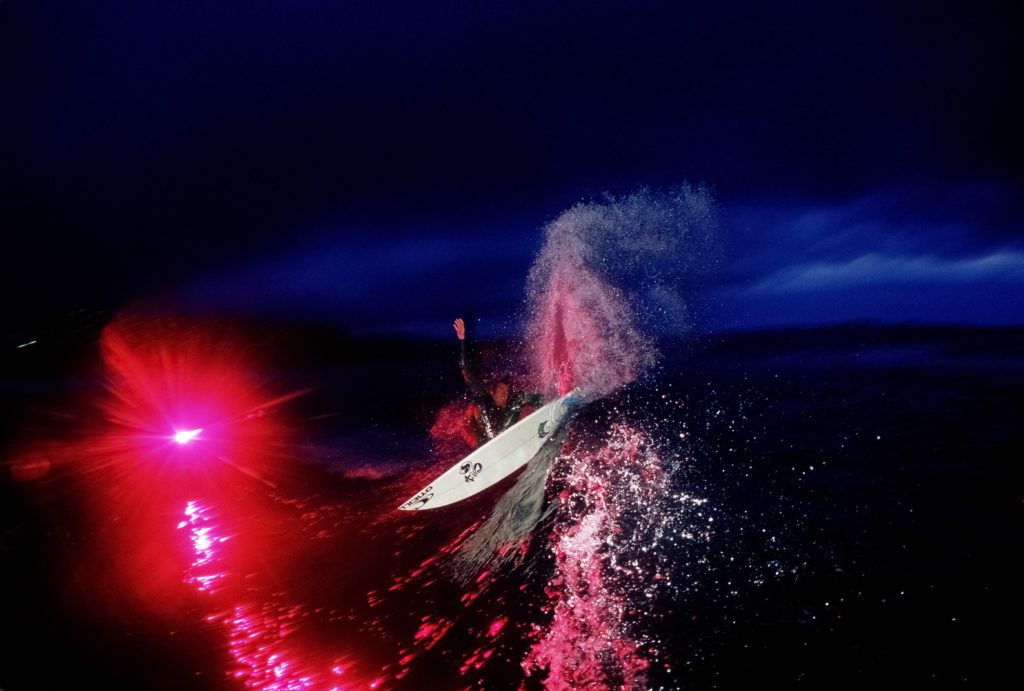
Nelly will say he got lucky in his career, but luck doesn’t explain a 17-year tenure at Transworld Surf, nor does it earn you access to the world’s best in tropical reefs, or a hall pass to the most localized spots. And it certainly doesn’t result in a 192-page book of stunning surf photography and insight from surfers around the globe.
The book he published last year, Dual Perspective, is a reflection of his decades-long hustle, outside-the-box thinking and relationships with an ocean of talented surfers. But it isn’t just a love letter to the past, nor is it an homage to his hometown. It’s a tribute to those still at the forefront today. Fresh off a five-week stint on the North Shore, Nelly spoke with us about his first book, print in the digital age, mentors, and a particularly nasty lashing in Micronesia.
Get a copy of Dual Perspective here.
Stab: In terms of career accomplishments, how does publishing a book of this quality stack up for you?
Nelly: It’s been a long time coming. I don’t know where it ranks, but I had a lot of bosses and editors tell me my archives are going to be your everything later on in life. I had good coaching from Peter Taras, Aaron Checkwood, and Steve Sherman back in the day. Unfortunately, I didn’t listen to them. I have to be up there with the least organized photographers in the world. It kinda helped me early in my career when I didn’t care about what I had already shot, I was already looking for what’s next. It helped me publish a lot and it gave me a lot of drive, instead of sitting over my computer or slide table organizing. I was on the hunt.
How long did you work on this?
In total, about 15 months. I spent five or six months editing the slides and digital. I had about 12 and half years of slides and 12 and a half years of digital. It took a long time to edit, but I had my friend Keith Meek, who’s the opposite of me, super together and organized. It was good to have him organize and help and with photos I was indecisive about.
How did you decide which shots should get published?
It was really hard to choose. There are a lot of my friends who aren’t in the book that should be. I did as well as I could to include the people who worked really hard with me and were deserving of shots. A few guys off the top of my head, Tyler Fox and Wilem Banks, didn’t get a photo in there but they will in the next book. As you know, 192 pages isn’t that many photos when you’ve shot 1.5 million photos. When you can only pick 500, it’s really hard.
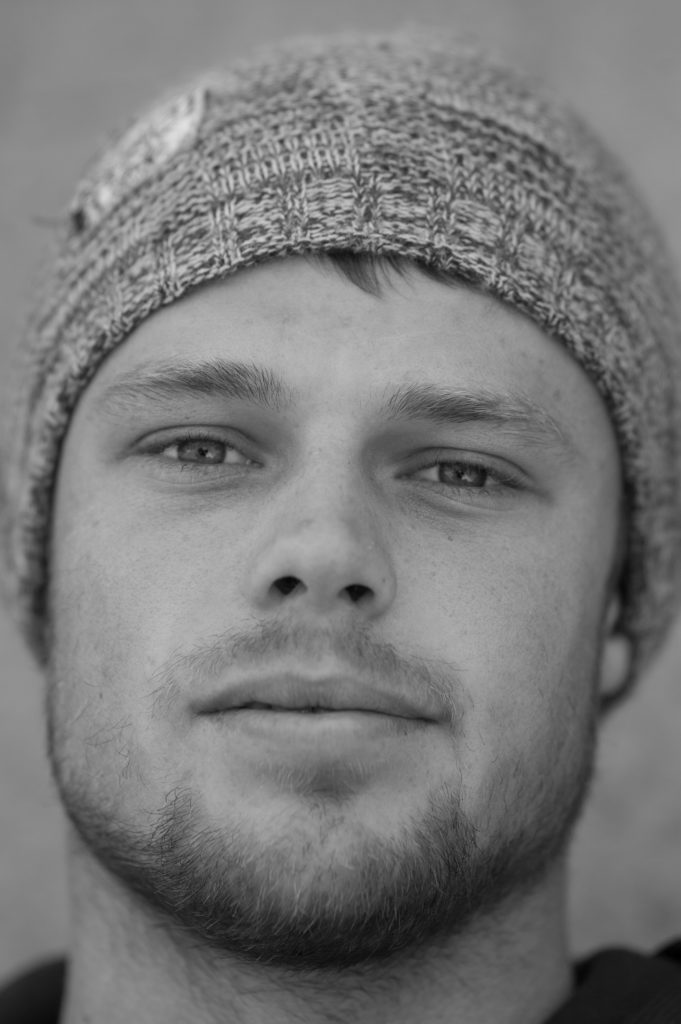
What kind of shot is the most challenging and/or rewarding for you?
There was about a 10-year period where I only wanted to shoot flash photos and come up with new stuff. With flash, that’s the most rewarding because it’s nearly impossible to get a good one. It changed my life when I started getting that stuff published. People hadn’t seen the gel-covered slave lights before, and for a while I was the only one doing it. So that’s rewarding for me when you nail a good one. There’s a million factors, and you only have about 15 minutes to shoot in the evening before it gets too dark.
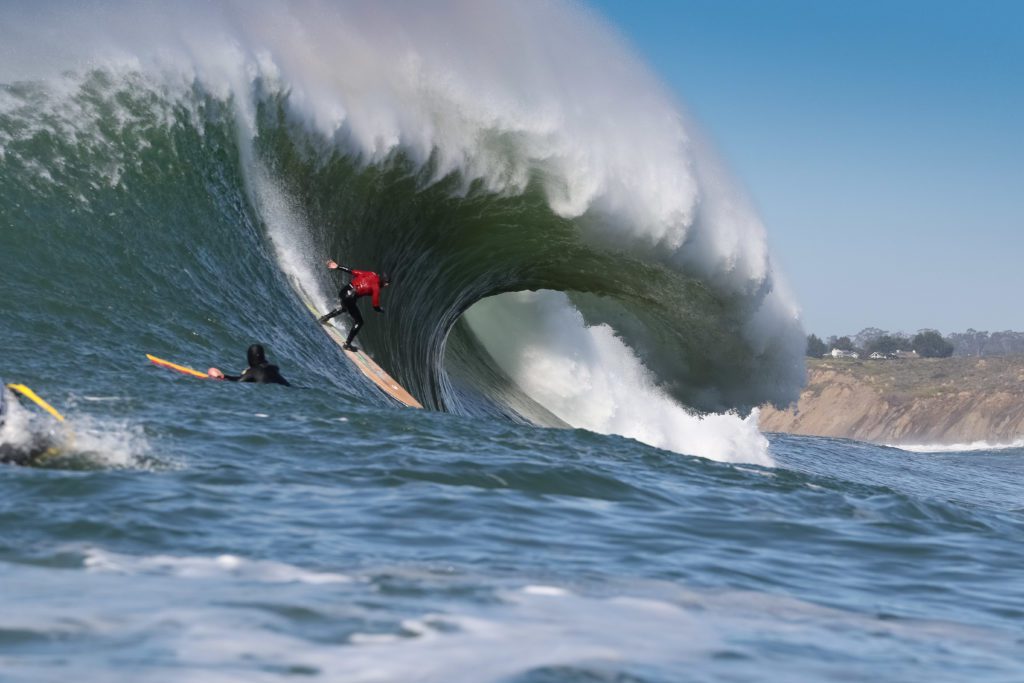
Where did the name Dual Perspective come from?
That’s the name me and Meek came up with. Basically, the idea was to have two stories with every photo, one from me and one from the surfer. The cool thing about it is that a lot of times our stories are very different. For instance, I didn’t go out to Maverick’s with Nathan (Fletcher, who lost his board and then proceeded to catch a wave leashless) that day. His story was crazy. I didn’t even know he wasn’t wearing a leash in that photo. I just knew that was one of my favorite photos of Nathan, and I’ve spent over 25 years hanging and shooting with him, so that was cool.
What’s another story and photo that stands out to you?
The day that I got the crazy John John P-Pass cover shot when I was with Tanner and Dane Gudauskas and Nathan Florence. It was crazy. We didn’t know how big it was going to get. I’m not normally comfortable shooting humongous P-Pass, but I knew I had to. I ended up getting annihilated by a set. I saw Dane screaming at me and pointing to the channel. There was a set coming from the channel and there was nowhere to go. I just sat there and took it, a 12-footer just pinballed me on the reef. I went about 300 yards. So that means a lot to me because I remember it like it was yesterday.
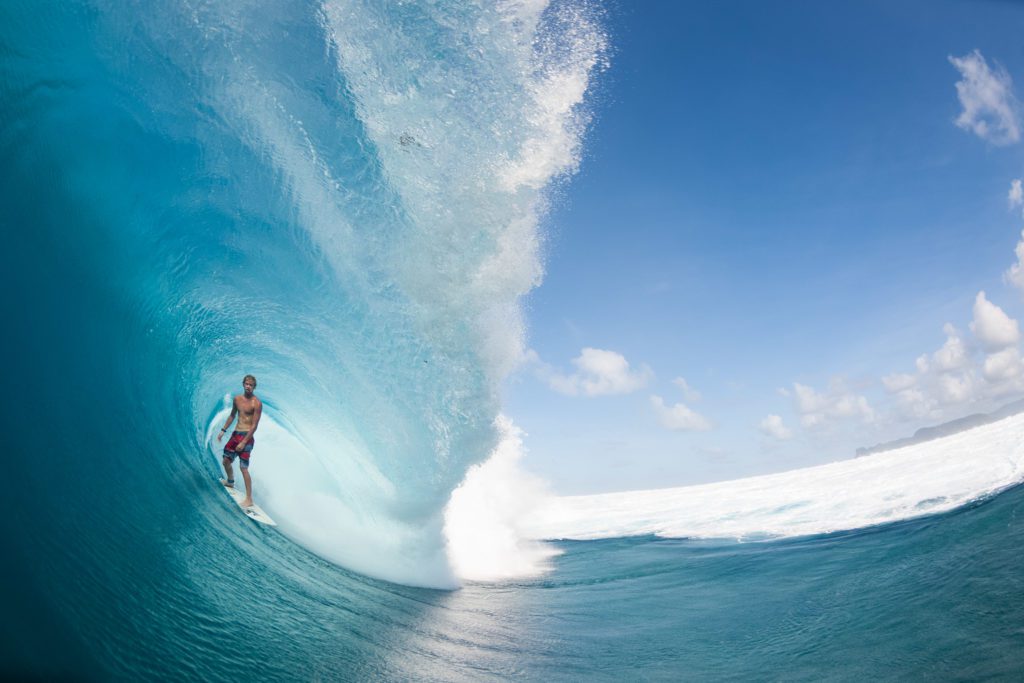
That sounds heavy.
Yeah. And on the North Shore, it’s life and death out there. I’m getting a helmet for next year, and that’ll be the first year in my career I’ve worn one. There’s no reason not to. It’s reality, and I have way too much to live for. I can only say I’m a dummy for not wearing it in the past. I was the only guy swimming out there one day this year not wearing one.
It’s amazing that you documented such an impactful generation of Santa Cruz surfers right as you were making inroads to surf media. Do you ever reflect on that?
I’ll be the first person to admit that I got lucky in my career. Tony Roberts had moved away, Chris Klopf had moved. There used to be this gnarly crew of photographers, to the point where you could never go down and shoot if someone was already at that spot. It was out of the question. I learned from that generation. Even though I was shooting good photos, I didn’t know where to send them. When TR moved away, he gave me the keys and a bunch of numbers. One of them was O’Neill, and that’s how that relationship started. I had that era of Santa Cruz with all these guys Flea, Ratboy, Barney, they were all in their prime. They had a million sponsors each, and I was the only guy shooting water photos. It was insane. It was good timing.
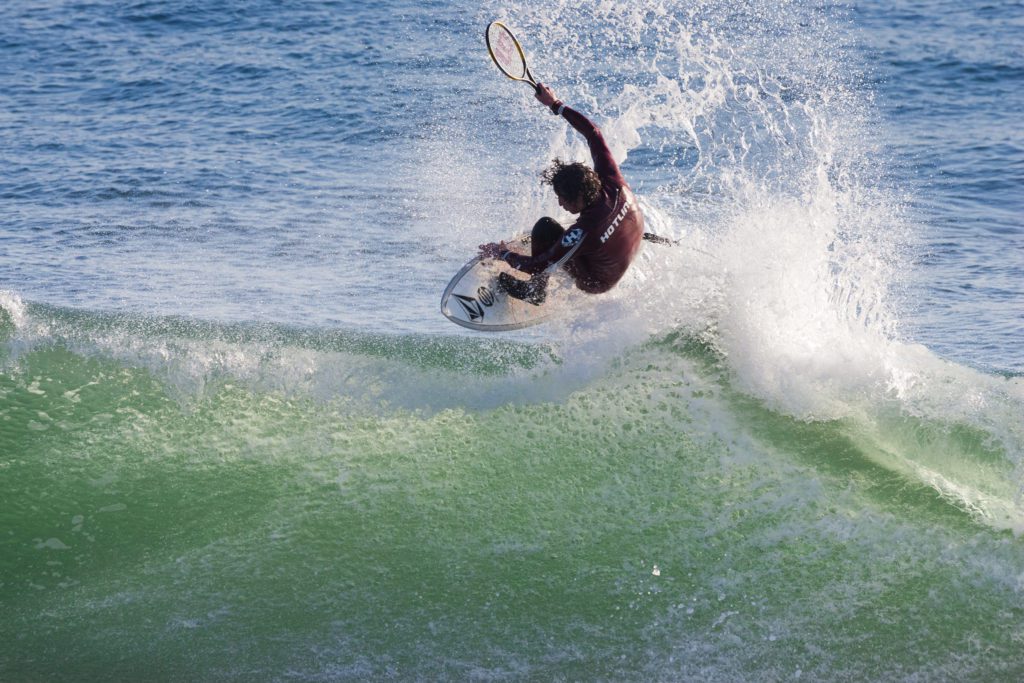
Which photographers stand out to you today?
Ryan “Chachi” Craig for sure. He’ll swim anything. His stamina is crazy. I watched him swim Pipeline from 7 a.m. until 4 p.m. It’s insane. I think I saw him come in for a bar and then went back out within 10 minutes. His photography is incredible too. But there are so many people. Brian Bielmann is one of my favorite people and photographers. His library has everything. He’s got everyone back to the Mark Richards days, but all his stuff of Andy, Bruce, Nathan and Kelly, it’s crazy.
Obviously, the surf media landscape has changed dramatically over your career, especially in the last decade. Where do you see the value of publishing print in this digital age?
It’s everything to me. It’s something tangible. My career was all print. Maybe I’m old school, but it means a lot to me and it lives for a long time. Although I’m on social media, I’m not a big fan. I use it mainly for business, and if I catch myself scrolling I have to stop immediately. The book was a big accomplishment to put that out. It was not only a lot of work initially to shoot all the photos but to put it all together, have it all done and in my hands, it’s crazy.
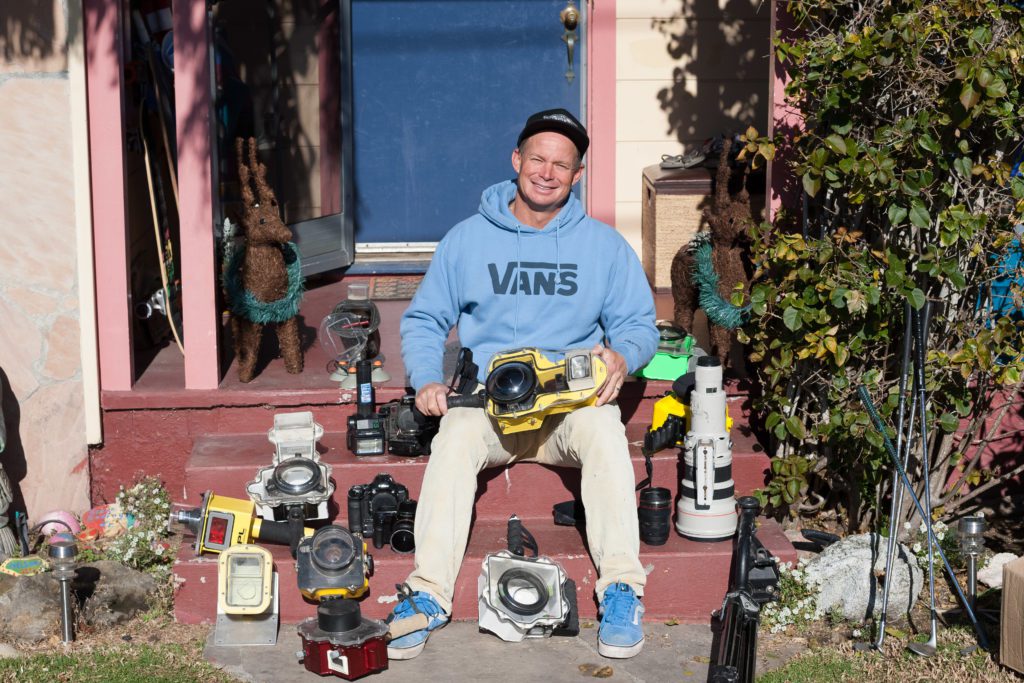
It feels like a cycle. We run a magazine here in town, Totally Tubular Magazine, and it’s cool and it’s growing. I’m all about that. And I do notice that some kids are not paying as much attention to their phones, especially over on the North Shore. It seemed like the kids were just psyched on surfing and running on the beach. They weren’t just staring at their phones. It was pretty refreshing.
What’s next for you?
The next book. It’s a little overwhelming to think about. But I think this Santa Cruz-centric book should be insane. It’s not just of Santa Cruz people, it’s going to be everyone I had come to visit. That should spice it up. But I feel like I owe it to Santa Cruz to try to make another book.


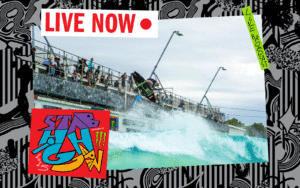
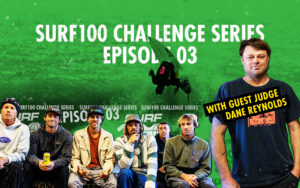










Comments
Comments are a Stab Premium feature. Gotta join to talk shop.
Already a member? Sign In
Want to join? Sign Up